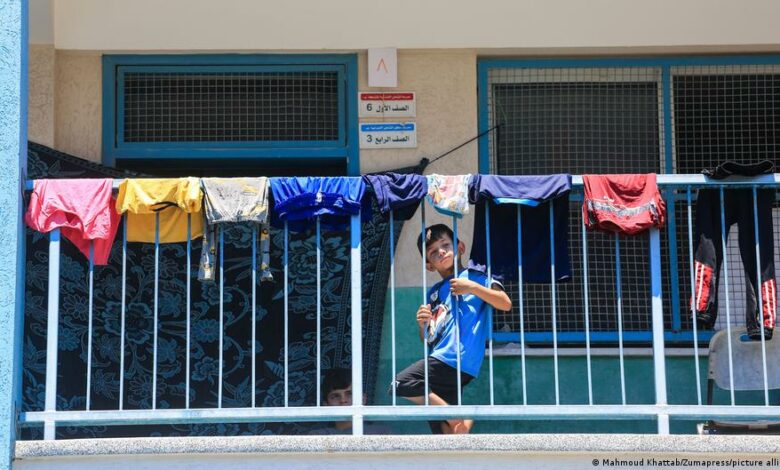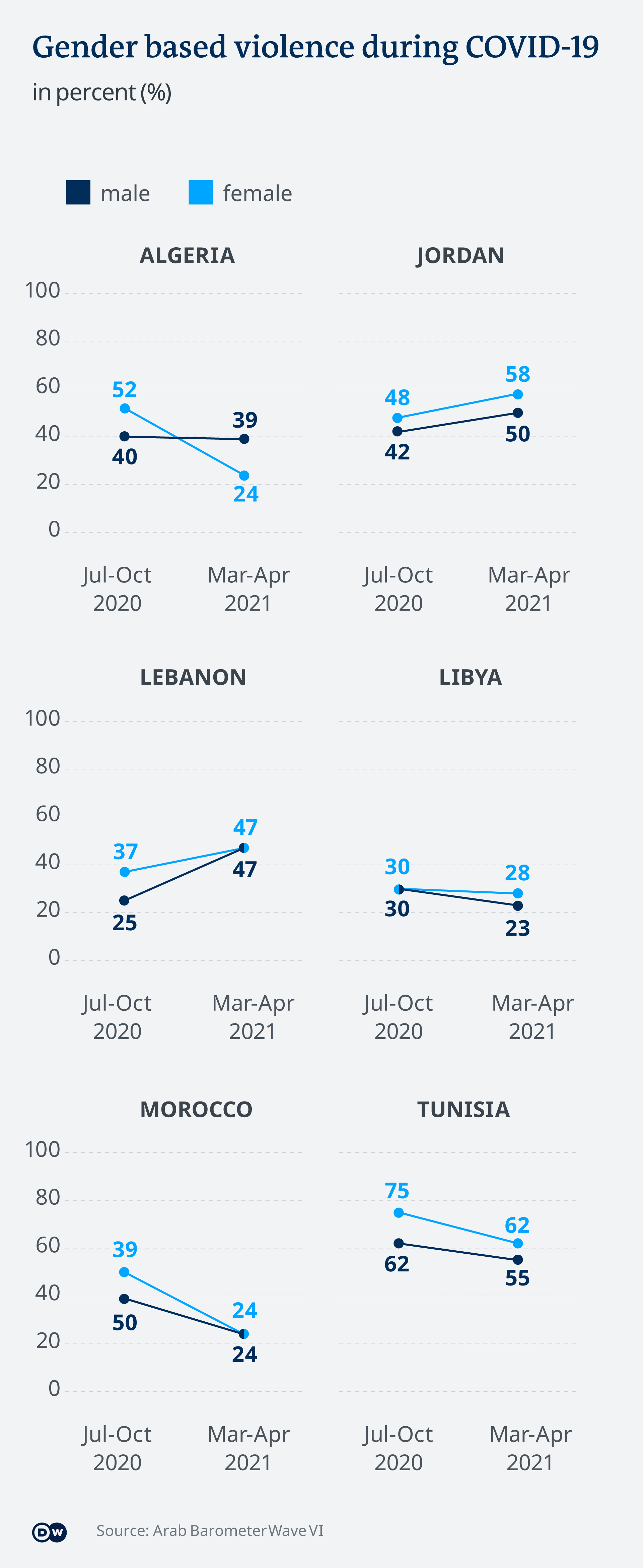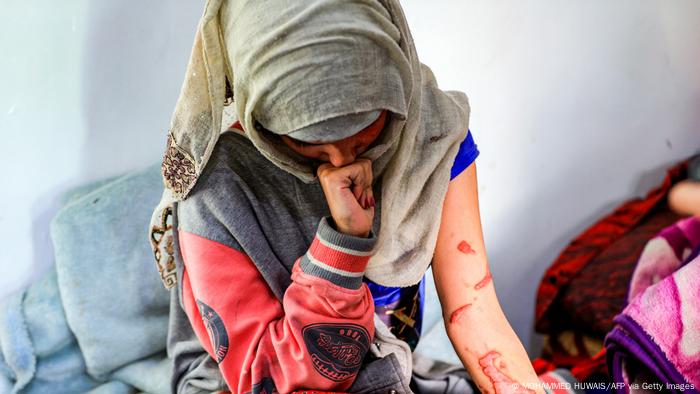
The COVID-19 pandemic has turned Heba Mordaa’s life upside down. “Ever since the lockdowns started in March 2020, my work has been deteriorating,” the 29-year-old manicurist and mother of three in Beirut says. “At first, the shop owner deducted our salaries because we had no customers coming in. Then, in July 2020, the owner decided that we will start offering home service, which my husband completely refused. I had to leave my job in August 2020 and stay at home. Since I am a mother of three kids, I remained without a job for the whole school year 2020-2021.”
Mordaa’s professional set back and her involuntary return to life as housewife and stay-at-home mom is a common COVID-related turn of events for many Arab women. “Women are bearing the brunt at home and at work,” concludes the latest Arab Barometer’s survey on the consequences of the COVID-19 pandemic on women in the Middle East.
Working women had not much ground to lose
Even before the pandemic, the Middle East has had the lowest female labor participation of the world, with an average of 27 percent, according to data from the World Bank. And this situation has been exacerbated by the pandemic, as a recent paper by the International Labor Organization (ILO), a specialized agency of the UN, pointed out.
After the Americas, the Arab States have experienced the second highest drop in the number of employed women: by 4.1 percent — in comparison to 1.8 percent of men between 2019 and 2020. “The disproportionate job and income losses suffered by women during the pandemic will persist in the near future,” the ILO report concluded.
Furthermore, the ILO projects for this year that the employment-to-population ratio for women will stand at only 14.3 percent compared to 70.8 percent for men.
Uptick in domestic violence in Jordan and Lebanon
Another pressing concern in the Middle East is the uptick in domestic violence during the pandemic.
At least a quarter of women in the surveyed Arab countries reported an increase in gender-based violence (GBV) in the first round of the Arab Barometer survey, conducted between July and October 2020. In Morocco and Algeria, 47 percent of women reported an increase, in Tunisia even 69 percent.
But in the latest round of the survey, conducted between March and April 2021, the numbers dropped to 25 percent in Morocco, to 24 percent in Algeria and to 62 percent in Tunisia. In Libya it increased slightly from 26 percent to 29 percent while it skyrocketed in Jordan from 29 percent to 55 percent and in Lebanon from 23 percent to 43 percent.
“Jordan and Lebanon in particular had massive spikes in daily case rate just before our latest survey was conducted. We don’t have a causal link between domestic violence and COVID-19 case rates, but the correlation suggests it is worth further research,” MaryClare Roche, author of the Arab Barometer study, told DW.
 The Arab Barometer’s latest survey shows an uptick in domestic violence in Jordan and Lebanon
The Arab Barometer’s latest survey shows an uptick in domestic violence in Jordan and Lebanon
Mary Lawlor, UN Special Rapporteur on the situation of human rights defenders, emphasized that “new restrictions of movement mean it’s even harder for women to reach places of safety when threatened,” she told DW.
The Dublin-based Women Human Rights Defender highlighted that “it is important that networks between Women Human Rights Defenders are fostered. There is strength in numbers, so when, even virtually, they are better equipped to address the common challenges they face, and support one other when they’re at risk.”
Structural obstacles bar women from the workforce
Opening up possibilities and reducing societal barriers for women in the Middle East and North Africa are considered the most sustainable ways to support women who suffer from domestic violence. “Increasing female labor force participation can help protect women two-fold: First, by decreasing the amount of time a woman spends with her abuser, and second, by providing some degree of economic independence from her abuser,” Roche told DW.
Providing an adequate framework, however, mainly lies in the hands of governments. “When we surveyed citizens in MENA about perceived barriers to women joining the workforce, structural barriers, i.e. barriers the government can affect, were the most popular. These barriers were lack of childcare options, lack of transportation, and low wages,” Roche added.
Her conclusion is that if governments create policies that increase public transportation, after school and early childcare programs, and there are increases in standard wages, there will be more financially independent women in the Middle East.
For Beirut’s Heba Mordaa, at least the financial insecurity had an end in June this year. “I started another job and hope that no more lockdowns will be imposed as my income is necessary for the family in these difficult financial circumstances,” she told DW.





